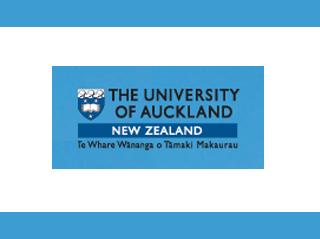
Hearing loss is common among individuals working in the military and industrial settings. Presently hearing aids and cochlear implants are the only treatments available for hearing loss. Drug therapies are now being developed and till date no specific treatment is available that can fix the harm caused on the inner ear and lower the impact of hearing loss.
Researchers evaluate the effect of adenosine amine congener which is a selective A1 adenosine receptor agonist for healing noise induced hearing loss. Wister rats were exposed to narrow-band noise for 2-24 hours in a sound chamber to stimulate cochlear damage and lasting hearing loss. Single injections at 6 hours or multiple daily injections of ADAC or placebo control were injected in the abdomen. With the help of a technique known as auditory brainstem response they examined hearing in rats before and after the treatments. In order to evaluate the number of auditory brainstem response they used histological methods.
The authors share, “This study underpins an important role of adenosine signaling in mitigation of cochlear injury caused by oxidative stress. ADAC in particular emerges as an attractive pharmacological agent for therapeutic interventions in noise-induced cochlear injury in instances of both acute and extended noise exposures.”
The analyses highlight that cochlear injury and hearing loss among rats exposed to narrow-band noise may be considerably revived by ADAC administration. Treatment started at the earliest after noise exposure that is after six hours was more effective as compared to the treatment started after 24 hours. Multiple injections of ADAC for five days were considered to be the most efficient treatment. This therapy lowered noise-induced hearing loss and enhanced sensory hair cell survival.
These findings were published in a special edition of Springer’s journal Purinergic Signalling.
